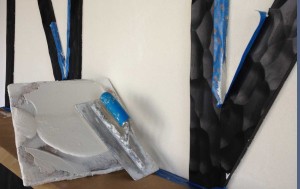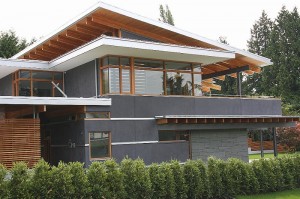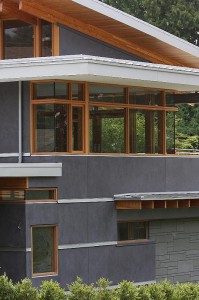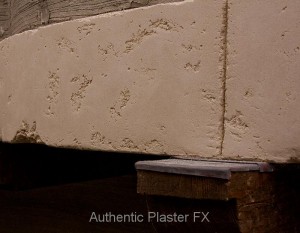Lime Based Stucco and Plasters
Lime based internal and external plaster and stucco have been employed extensively in construction and design for centuries.The process and magnificence of these lime based plaster’s depended predominantly around the knowledge and expertise from the local community artisan within respective regions, along with the character of the nearby resources. The Northeast witnessed robust north Western European influence while using lime based stucco on soft clay-based brick or natural stone, whilst in the Southwest Indigenous American and Spanish influences were melded, where lime based plaster and stucco have been and continue being utilized to preserve soft adobe earthen brickwork. In California Mediterranean-style or influence has evolved with time. Modern-day building mimics these types of historical architectural designs and lime based stucco’s continues to be a principal method of expression.
Up until the 1930s most external plaster applications which are stucco, have been lime and sand only. Portland cement was formerly restricted to concrete production nonetheless its utilization in exterior renders elevated with all the evolving construction styles from all brick and natural stone components to solid timber framework structures. the advantage and purpose of external plaster expanded from being specifically applied to substantial surface types of brick or natural stone providing simply a weather barrier,to one in which a level of flexural resistance is imparted towards the design.
Incorporating cement improved both equally the value and speed of compressive strength progression that was required for the modern building design.
Classic lime based stucco
lime based stucco is commonly employed utilizing a 3 layer technique, the initial layer known as the base, scratch, spatter dash or bond coat, is applied on the substrate, which might vary from permeable adobe brick to cement masonry to EPS sheets covered with wire mesh. In such cases the initial coating covers the complete substrate and is keyed horizontally whilst damp to supply support for the second or brown coat and create a physical or mechanical key.
This subsequent layer known as the Brown or leveling layer smooths out the bumps and hollows telegraphed from your substrate material, in addition to any developed by the 1st coat. should water permeate the final layer, this 2nd layer provides for a distinctive line of protection from water ingress.
The 3rd or finish coat delivers the cosmetic qualities of finish in addition to offering safeguards from water penetration. It was designed to accept water and permit it to quickly wick away.
Powdered or liquid Pigments are frequently combined with the final layer furnishing a long-lasting colour with decreased routine maintenance.
In the event the finish layer doesn’t have integral colour it may be painted, one particular option of paint utilizes pigment and lime slurried with water into a milk like consistency. Basically lime putty with extra water added creating a lime paint or lime wash.
Lime based plaster and stucco ….Why?
Applied utilizing the 3 coat procedure lime based stucco is among the most durable and long lasting exterior wall surface finishes obtainable. employed mainly to protect such non-durable materials as Adobe and clay brick, concrete masonry, and timber framework, lime based stucco provides durability, flexibility,breath ability and fire protection, that many other materials are lacking. Additionally, lime based stucco can certainly cater to a range of attractive architectural designs,such as today’s popular West Coast tudor, Mediterranean, Spanish,as well as the most recent trend of west coast heritage style including torpedo or wet dash stucco…..more commonly called slop dash stucco here on the west coast of Canada
By incorporating lime into your stucco mix you enjoy numerous significant advantages,both equally when the stucco is wet, or in its plastic state, and after it’s hardened
Hardening Properties
- Lime naturally bonds with all of the aggregate during hardening contributing to the overall strength of the finish.
- lime based plaster and stucco hardens by transforming calcium hydroxide to calcium carbonate by reacting using the co2 in the air. Consequently the continuing conversion process heals fine cracks and fissures as it solidifies, in turn this reduces water penetration whilst improving the durability of the stucco finish.
- lime based stucco minimizes water penetration and enables what water vapor if present to escape easily , quickly, and efficiently These qualities avoid the degeneration in the substrate components whilst extending the valuable lifetime of the construction.
- lime based plaster and stucco are both noncombustible and non-toxic it possesses a natural thermal sink which slow down fire infiltration to flammable building components and supplies a margin of protection to building residents.
- the flexibility of lime based plaster and stucco withstands cracking from shrinkage and settling.
More to follow in Part 2 !





